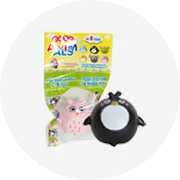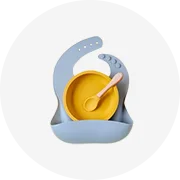About products and suppliers
Alibaba.com giới thiệu rất nhiều ứng dụng thực tế, được xây dựng tùy chỉnh. tất cả các loại kẹp là nguồn vui nhất quán cho con bạn. Những điều hấp dẫn. tất cả các loại kẹp có chất lượng vượt trội và là công thức hoàn hảo để dành thời gian chất lượng khi chơi cho con bạn. Bạn có thể đi cho một loạt các khác biệt. tất cả các loại kẹp trên trang web với giá cả phải chăng nhất. Các sản phẩm này có độ bền chắc chắn, giúp sử dụng được lâu dài. Chúng cũng được làm từ các vật liệu thân thiện với môi trường và không gây hại cho môi trường, trong quá trình sản xuất hoặc trong khi xử lý chúng.
Trẻ em luôn thích chơi các trò chơi bắn súng, cho dù chúng chơi trên máy tính hay thực tế -đang nhìn. tất cả các loại kẹp do cảm giác mạnh mà họ trải nghiệm khi chơi. Những xuất hiện tuyệt vời và chuyên nghiệp. tất cả các loại kẹp lý tưởng để trẻ em trên 8 tuổi có thời gian vui chơi tuyệt vời và trải nghiệm cuộc sống đầy hành động của những anh hùng trên màn ảnh mà chúng yêu thích. Những cái này. tất cả các loại kẹp không chỉ bền và xuất hiện thực tế mà chúng còn có sẵn trong các biến thể tùy chỉnh.
Alibaba.com cung cấp một bộ sưu tập sống động đáng kinh ngạc. tất cả các loại kẹp có sẵn ở các mẫu, kiểu dáng, hình dạng và kích thước riêng biệt tương tự như súng ngoài đời thực. Những tuyệt đẹp. tất cả các loại kẹp được làm bằng các vật liệu riêng biệt như nhựa ABS, vật liệu PP và nhiều vật liệu khác để mang lại độ tin cậy nhất quán và hiệu suất lâu dài. Bạn cũng có thể đi điện tử. tất cả các loại kẹp hoặc súng phi tiêu phát ra âm thanh khi bạn bắn.
Nhìn ra rộng lớn. tất cả các loại kẹp tùy chọn tại Alibaba.com và mua các sản phẩm có thể giúp bạn tiết kiệm rất nhiều tiền khi mua hàng của mình. Các sản phẩm này đều được chứng nhận ISO, CE, SGS và được hỗ trợ với thời gian bảo hành kéo dài. Đơn đặt hàng OEM có sẵn cùng với bao bì tùy chỉnh.





















